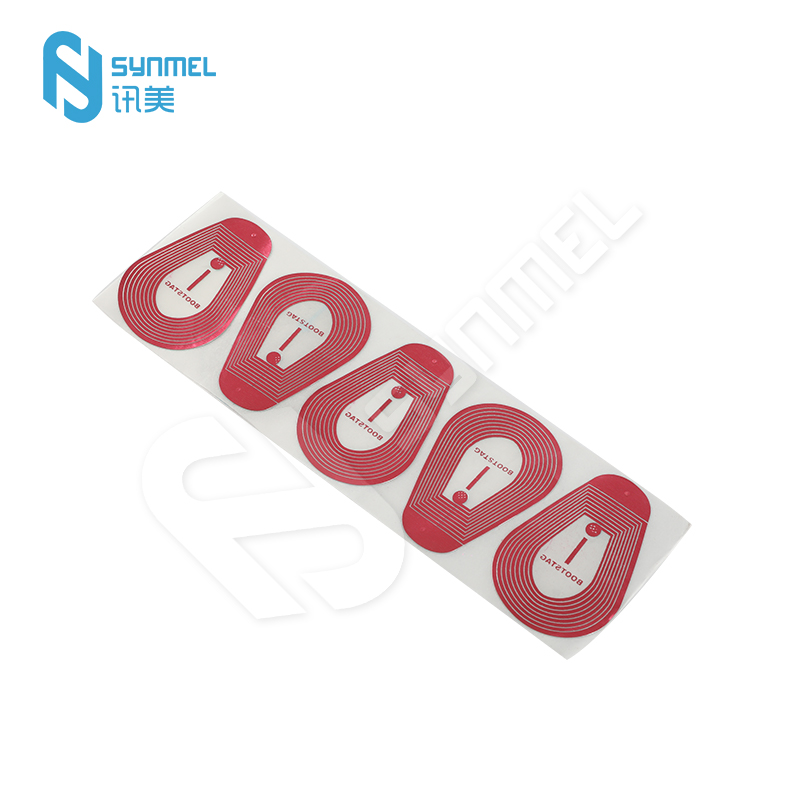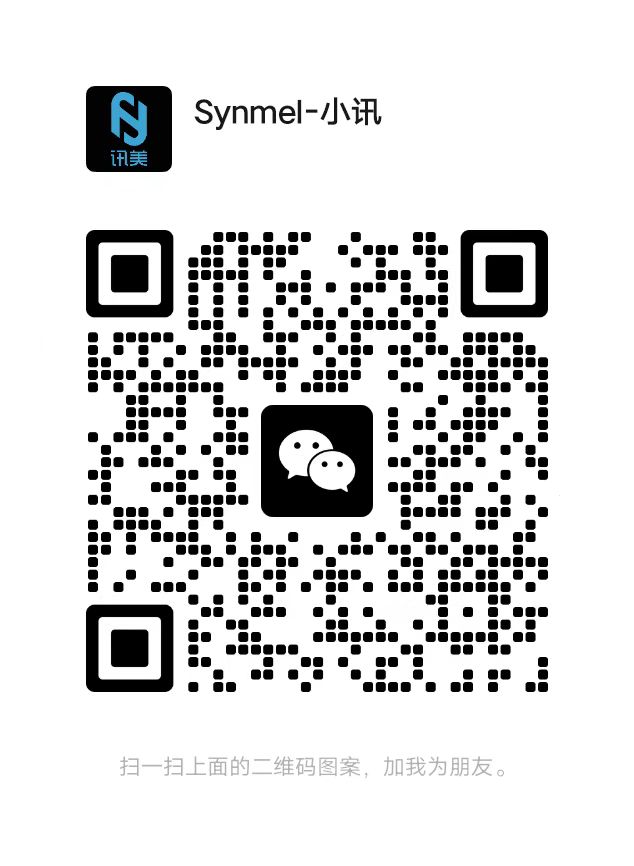- English
- Español
- Português
- русский
- Français
- 日本語
- Deutsch
- tiếng Việt
- Italiano
- Nederlands
- ภาษาไทย
- Polski
- 한국어
- Svenska
- magyar
- Malay
- বাংলা ভাষার
- Dansk
- Suomi
- हिन्दी
- Pilipino
- Türkçe
- Gaeilge
- العربية
- Indonesia
- Norsk
- تمل
- český
- ελληνικά
- український
- Javanese
- فارسی
- தமிழ்
- తెలుగు
- नेपाली
- Burmese
- български
- ລາວ
- Latine
- Қазақша
- Euskal
- Azərbaycan
- Slovenský jazyk
- Македонски
- Lietuvos
- Eesti Keel
- Română
- Slovenski
- मराठी
- Srpski језик
What factors affect the reading distance of RFlabels?
2025-05-20
The reading distance of RF labels is affected by several factors, mainly including the following aspects:
1. Power and type of labels
Tag type: There are different types of RF labels. Active labels have built-in batteries and can provide stronger signals, so the reading distance is usually longer; passive labels do not have batteries and are activated by the signal sent by the reader, so the reading distance is usually shorter.
Power of labels: The power of tags directly affects the strength of their signals. The greater the power of the label, the farther the signal is transmitted, and the reading distance increases accordingly.
2. Power and sensitivity of readers
Reader transmission power: The transmission power of the reader determines the propagation range of the signal. Higher-power readers can provide longer reading distances.
Reader sensitivity: The sensitivity of the reader affects its ability to receive signals. The higher the sensitivity, the weaker the signal that can be received, and the reading distance can be increased accordingly.
3. Frequency
RFID frequency: The reading distance of RF labels in different frequency bands is different. Generally, low-frequency tags have a shorter reading distance, while ultra-high-frequency labels have a longer reading distance. High-frequency labels have a moderate reading distance.
4. Environmental factors
Interference from objects and materials: When RFID signals propagate through the air, they may be absorbed or reflected by materials such as metal and liquid, which may affect the reading distance of the label. For example, metal and water can greatly reduce the reading distance of RFID labels. Therefore, the physical environment between the label and the reader can affect signal transmission.
Obstacles: Objects such as buildings, walls, and equipment may block or attenuate RF signals, resulting in a shorter reading distance of the tag.
Electromagnetic interference: Surrounding electromagnetic interference may affect the transmission of RFID signals, resulting in a reduced reading distance.
5. Relative position of tag and reader
Tag orientation and position: The installation angle and position of RFID labels will affect the reading distance. Generally speaking, the reading side of the label should be facing the reader to ensure the maximum reading distance. If the tag is not installed properly or is in an unfavorable position, it may result in a reduced reading distance.
Distance between tag and reader: The farther the distance between the reader and the tag, the greater the signal attenuation and the shorter the reading distance. Generally, the relative position between the label and the reader should be kept within a certain range.
6. Antenna design and performance
Antenna gain: The antenna design of RFID labels and readers directly affects the reading distance. High-gain antennas provide stronger signals and therefore increase the read distance. Antenna directivity and design structure also affect signal propagation and reception.
Antenna matching: The matching performance of the antenna also affects the signal transmission efficiency. Poor antenna matching may cause signal attenuation, which affects the read distance.
7. Tag size and material
Tag size: Larger labels usually have longer read distances because they have a larger surface to receive the signal. However, oversized labels may also be limited by the installation environment.
Tag material: The material of the RFID label affects the transmission of the signal. Metal surfaces may reflect the signal, while certain materials may shield the signal, reducing the read distance.
8. Air humidity and temperature
Air humidity: Excessive humidity may affect the propagation of RFID signals, especially in certain frequency bands. Higher humidity may cause signal attenuation, thereby shortening the read distance.
Temperature: Extreme temperatures may also affect the performance of RFID labels and readers, especially the electronic components of the label may be affected by temperature changes, resulting in performance degradation.
In summary, the reading distance of RF labels is affected by multiple factors, including the type and power of the label, the performance of the reader, environmental conditions, frequency, etc. When designing and using an RFID system, these factors need to be considered comprehensively to optimize the performance of the system.




